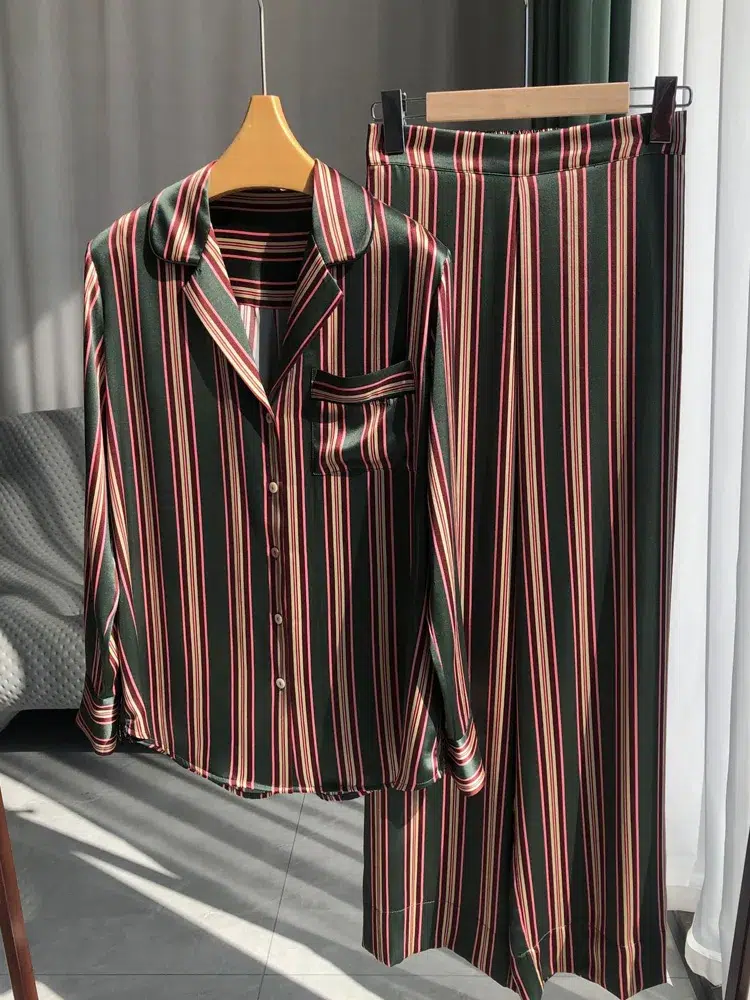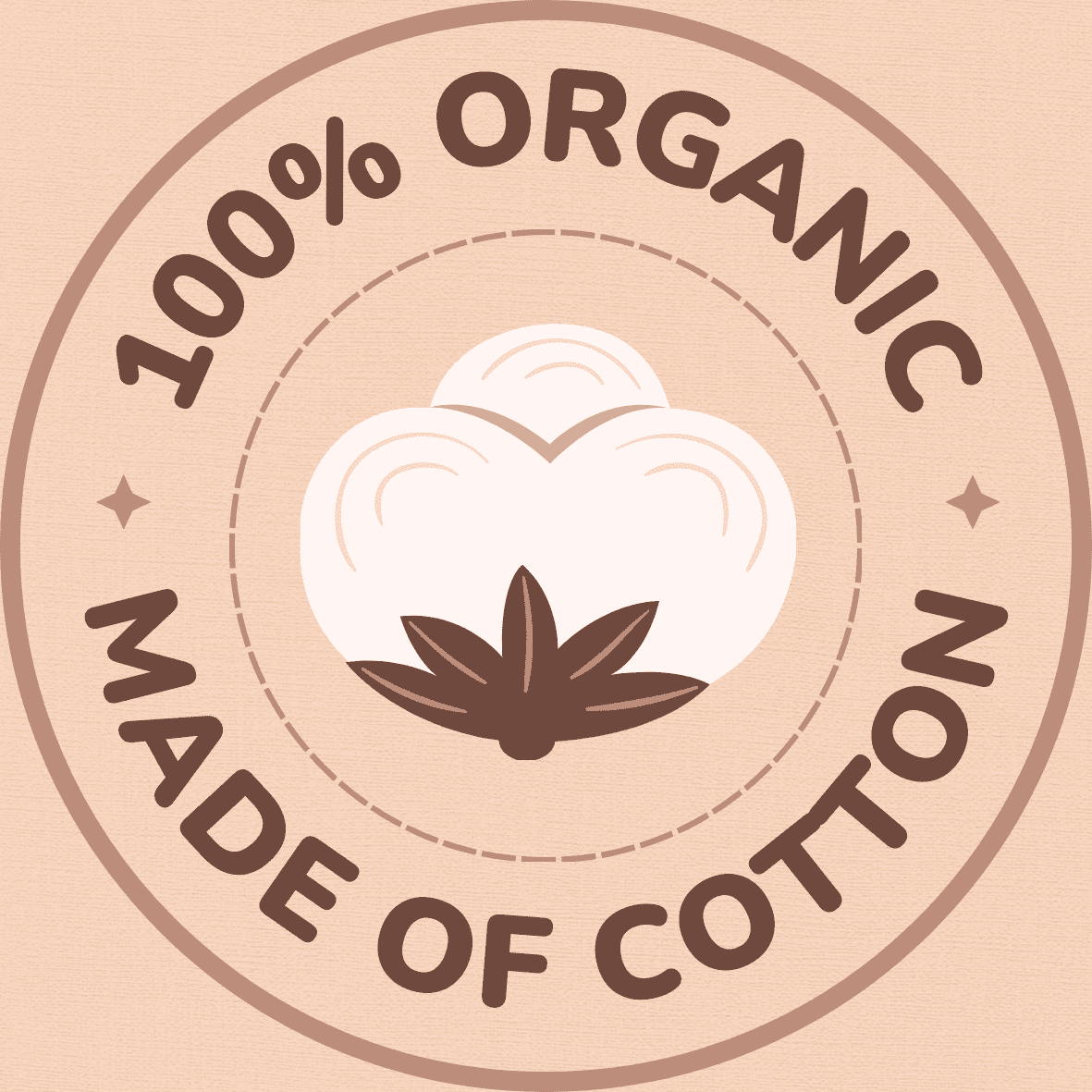Decoding MOQ: Understanding the Meaning of Minimum Order Quantity
Minimum Order Quantity (MOQ) is a crucial concept in the world of business. It refers to the minimum quantity of a product that a buyer or retailer must purchase from a supplier in a single order. MOQ serves as a benchmark that helps suppliers determine the profitability and feasibility of producing and distributing their products. In simple terms, MOQ stands for the minimum number of units or items a buyer must commit to purchasing in order to place an order. Essentially, this requirement ensures that suppliers can meet their production and logistical needs efficiently.
Understanding MOQ is essential for both buyers and suppliers alike. For buyers, knowing the MOQ is important as it allows them to assess whether they can meet the supplier’s requirements and if the investment is financially viable. On the other hand, suppliers rely on MOQ to set production targets, optimize their operations, and maintain profitability. By understanding what MOQ means and its significance in business transactions, stakeholders can make informed decisions and negotiate more effectively in their respective roles. Now, let’s delve deeper into the factors that determine the MOQ and how it influences pricing and profitability.
The Importance of Minimum Order Quantity in Business

Minimum Order Quantity (MOQ) plays a crucial role in businesses, particularly in the realm of manufacturing and supply chain management. Simply put, MOQ refers to the minimum number of units or products that a buyer must order from a supplier in a single purchase. It serves as a crucial metric for both the buyer and the seller, as it helps determine production schedules, inventory levels, and overall profitability.
In essence, MOQ acts as a buffer for suppliers, ensuring that they can meet their production requirements efficiently. By setting a minimum order quantity, suppliers can optimize their manufacturing processes, reduce costs, and enjoy economies of scale. On the other hand, buyers benefit from MOQ by gaining access to competitive pricing, customizations, and priority in terms of order fulfillment and delivery. Furthermore, understanding what is MOQ, what is a MOQ, and the meaning of MOQ becomes essential for businesses as it enables effective planning, budgeting, and decision-making in their procurement strategies.
Factors That Determine the MOQ
One of the primary factors that determine the MOQ in manufacturing is the production capacity of the supplier. MOQ, short for minimum order quantity, refers to the minimum quantity of a product that a supplier is willing to produce and sell. The supplier’s production capacity plays a significant role in determining this minimum quantity. Suppliers with larger production capacities often have higher MOQs as they can efficiently produce larger quantities at a lower cost per unit.
Another important factor that influences the MOQ is the cost of production. MOQs are typically set to ensure that the cost of production is covered and that the supplier can make a profit. Different products have varying levels of complexity and cost associated with their production. Products that are more complex or require specialized equipment may have higher MOQs to recoup the higher production costs. Additionally, suppliers may set higher MOQs for products with lower profit margins to ensure that the effort put into manufacturing them is justified.
In conclusion, the factors that determine the MOQ in manufacturing include the production capacity of the supplier and the cost of production. These factors play a crucial role in defining the MOQ, which is the minimum quantity a supplier is willing to produce and sell. Understanding what does MOQ mean in business and the factors influencing it can help businesses negotiate better terms with suppliers and optimize their production and sales strategies.
How MOQ Affects Pricing and Profitability

A key factor in pricing and profitability for businesses is the Minimum Order Quantity (MOQ). The MOQ refers to the minimum quantity of a product that a manufacturer or supplier requires a buyer to purchase in a single order. MOQ is often used in the manufacturing industry, where it plays a crucial role in determining the cost of production and the overall profitability of the business. For example, a low MOQ clothing manufacturer may require buyers to purchase a minimum of 100 pieces of clothing per order. This requirement ensures that the manufacturer can meet their production costs and maintain profitability.
The acronym MOQ stands for “Minimum Order Quantity,” and it is an essential concept for businesses in various industries. MOQ signifies the minimum number of units or products that a supplier or manufacturer is willing to produce or sell in a single order. What does MOQ mean in manufacturing? It means that manufacturers have established a specific threshold for the minimum number of products they can efficiently produce or sell while maintaining profitability. Businesses need to carefully consider the MOQ requirements of suppliers as it directly impacts the pricing of products and the overall profitability of the business.
Strategies to Negotiate MOQs with Suppliers
Understanding how to negotiate Minimum Order Quantities (MOQs) with suppliers is crucial for businesses looking to optimize their inventory management and reduce costs. Before diving into effective strategies, let’s briefly recap what MOQs are in the context of manufacturing. MOQ, short for Minimum Order Quantity, represents the minimum number of units or quantity of products that a supplier is willing to produce or sell to a buyer. It is necessary for suppliers to set MOQs to ensure efficient production processes and profitability.
When negotiating MOQs with suppliers, it is important to first determine what MOQ best suits your business needs. Assessing factors such as budget, demand, and storage capacity will help you understand what MOQ is feasible for your operations. Additionally, it is essential to research different suppliers and their MOQ requirements to compare options and find those that align with your requirements. Suppliers offering low MOQs can be particularly advantageous for small businesses or those looking to test new products or markets without committing to large quantities.
The Impact of MOQ on Inventory Management
The impact of MOQ on inventory management is a vital aspect to consider in any business. MOQ, which stands for “minimum order quantity,” represents the minimum number of units that a supplier requires a business to purchase per order. Understanding the MOQ meaning in business is crucial as it directly affects the amount of inventory a company needs to stock. Essentially, the MOQ represents the threshold where it becomes economically viable for a supplier to fulfill an order. However, it is important to note that MOQ can vary significantly depending on the industry, product type, and supplier policies.
MOQ can have a significant impact on inventory management due to the inherent relationship between order quantities and stock levels. For instance, a high MOQ means that a business must purchase a larger quantity of goods, resulting in a higher stock level. This can pose challenges in terms of storage space, cash flow, and overall inventory management. On the other hand, a low MOQ may allow for better control over stock levels and reduce the risk of holding excess inventory. Therefore, finding the right balance between supplier requirements and inventory management is crucial to optimizing operational efficiency and profitability.
MOQ and its Relationship with Production Capacity
MOQ, which stands for Minimum Order Quantity, plays a crucial role in determining the relationship with production capacity in a business. When asking what MOQ stands for in business, it refers to the minimum quantity of a product that a supplier is willing to produce or sell. This is often set by the supplier based on factors such as production capabilities, cost efficiency, and demand. Understanding what is an MOQ in business is important as it directly impacts a company’s ability to meet customer demands and ensure profitability.
The acronym MOQ signifies the minimum quantity that a supplier requires for a specific order. This requirement is typically set by the supplier to ensure efficient production and cost-effectiveness. The relationship between MOQ and production capacity is closely intertwined as the supplier’s production capabilities determine the minimum quantity they are able to produce within a given timeframe, while meeting quality standards. Therefore, it becomes imperative for businesses to carefully evaluate their own requirements and align them with the supplier’s MOQ, taking into consideration factors such as inventory management and customer demand. By analyzing the relationship between MOQ and production capacity, businesses can make informed decisions regarding ordering quantities, leading to smoother operations and increased profitability.
Common Challenges in Meeting MOQ Requirements

Meeting Minimum Order Quantity (MOQ) requirements can pose a number of challenges for businesses, especially those in the retail industry. The concept of MOQ refers to the minimum number of units or products that a supplier requires a buyer to purchase in a single order. This is often determined by factors such as production capacity, cost efficiency, and inventory management. However, for businesses in need of smaller quantities or those starting out with limited resources, meeting MOQ requirements can be a hurdle. This is where low MOQ clothing manufacturers in the USA come into the picture. These manufacturers cater to businesses that require smaller quantities of clothing items, providing an opportunity for startups and smaller retailers to enter the market without having to meet excessively high MOQs demanded by traditional suppliers.
The meaning of MOQ can vary depending on the industry and the specific supplier. For some, MOQ may be determined by a specific quantity, such as 100 units, while for others it may be based on a specific value, such as $500. Regardless of the definition of MOQ, the challenge lies in meeting these requirements without compromising profitability. Smaller businesses may find it difficult to achieve the economies of scale that larger retailers enjoy, resulting in higher costs per unit. This, in turn, can affect the pricing strategy and profitability of the business. Additionally, fluctuations in customer demand and market trends may make it challenging to accurately forecast the quantity of products needed to meet MOQ requirements. As a result, businesses face the risk of either overstocking or running out of stock, both of which can have negative consequences on their operations.
Alternatives to MOQ: Dropshipping and Print-on-Demand
Dropshipping and Print-on-Demand are two popular alternatives to MOQ in manufacturing. Many businesses opt for these options when they don’t want to deal with the limitations of minimum order quantities. So, what is the MOQ and why are these alternatives gaining traction?
MOQ, or Minimum Order Quantity, refers to the minimum quantity of products that a manufacturer requires a buyer to order in a single purchase. This requirement is often imposed to ensure that the production process remains cost-effective for the manufacturer. However, for small businesses or those just starting out, meeting the MOQ can be a challenge. That’s where dropshipping and print-on-demand come in.
• Dropshipping is a retail fulfillment method where the seller does not keep the products in stock. Instead, they partner with a supplier who handles inventory and shipping.
• With dropshipping, businesses can sell products without having to invest in upfront inventory or worry about meeting MOQs.
• Print-on-demand is a similar concept where products are only manufactured when an order is placed. This allows businesses to offer a wide range of customized or personalized products without the need for bulk ordering.
• Both dropshipping and print-on-demand eliminate the need for businesses to hold inventory, reducing storage costs and minimizing risk.
• These alternatives also provide flexibility as businesses can easily test new product ideas or designs without committing to large quantities upfront.
• Dropshipping and print-on-demand allow businesses to focus on marketing and customer service instead of managing production logistics.
Dropshipping has become increasingly popular due to its numerous advantages:
– Lower startup costs: Since there’s no need for inventory investment, entrepreneurs can start their online stores with minimal funds.
– Wide product selection: With dropshipping, sellers have access to an extensive catalog of products from various suppliers, allowing them to offer diverse options to customers.
– Scalability: As orders increase, it’s easy for sellers using dropshipping models to scale up their operations by partnering with additional suppliers or expanding into new markets.
Print-on-demand offers its own set of benefits:
– Customization options: Businesses can create unique designs that resonate with their target audience. Customers appreciate personalized items that reflect their individuality.
– Reduced waste: Traditional manufacturing often leads to excess stock that may go unsold. By producing goods only when ordered, print-on-demand minimizes waste and supports sustainable practices.
– Risk mitigation: Without MOQs tying up capital in unsold inventory, businesses face less financial risk if certain products don’t sell well.
In conclusion, while MOQs serve manufacturers’ interests by ensuring cost-effectiveness in production processes, dropshipping and print-on-demand provide viable alternatives for businesses seeking flexibility, lower risks, and reduced upfront costs. These options allow entrepreneurs to focus on growing their customer base and delivering a seamless shopping experience without the constraints of minimum order quantities.
Analyzing the Pros and Cons of Different MOQ Models.
Different businesses have various MOQ models that they employ to manage their inventory and meet customer demand. One popular model is the fixed MOQ, where a specific quantity of products must be ordered each time. This model offers stability in terms of production and pricing since suppliers can plan their processes accordingly. However, the downside is that it may lead to inventory build-up and increased carrying costs if there is low demand for some products. Additionally, it may limit the flexibility to respond quickly to market changes. Another commonly used model is the tiered MOQ, where different price points are established based on order quantity. This model encourages customers to order larger volumes while offering them a discounted pricing structure. It motivates customers to increase their purchasing volume, but it may also limit the variety of products that can be ordered due to quantity restrictions.
FAQs
What is MOQ?
MOQ stands for Minimum Order Quantity. It is the minimum number of units or products that a supplier requires a customer to purchase in a single order.
Why is MOQ important in business?
MOQ is important for suppliers to ensure that the cost of production is covered and to maintain profitability. It also helps in managing inventory and production capacity.
How does MOQ affect pricing and profitability?
MOQ can affect pricing by allowing suppliers to offer lower unit prices for larger orders. It can also impact profitability as smaller orders might not cover the production costs, resulting in lower margins or even losses.
What strategies can be used to negotiate MOQs with suppliers?
Strategies to negotiate MOQs with suppliers include bundling products, negotiating pricing based on a volume commitment, exploring alternative suppliers, or requesting flexible MOQs.
How does MOQ impact inventory management?
MOQ affects inventory management as it determines the minimum quantity of products that need to be stocked. If the MOQ is too high, it can lead to excess inventory and increased storage costs.
What is the relationship between MOQ and production capacity?
MOQ and production capacity are related because suppliers need to ensure they have sufficient capacity to produce the minimum quantity required. If production capacity is limited, it may result in higher MOQs.
What are the common challenges in meeting MOQ requirements?
Common challenges in meeting MOQ requirements include limited cash flow, storage limitations, unpredictable demand, and difficulties in forecasting customer demand accurately.
Are there alternatives to MOQ?
Yes, alternatives to MOQ include dropshipping, where products are shipped directly from the supplier to the customer, and print-on-demand, where products are produced only when an order is placed.
What are the pros and cons of different MOQ models?
The pros of different MOQ models can include lower unit prices, economies of scale, and improved profitability. However, the cons can include higher upfront costs, inventory management challenges, and limited flexibility for customers.




